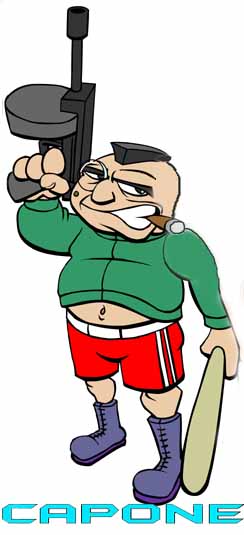Ain't It Cool News (www.aintitcool.com)
Movie News
Capone's Art-House Round-Up with STARLET, Ken Burns' THE CENTRAL PARK FIVE, and GENERATION P!!!
Hey, folks. Capone in Chicago here, with a few films that are making their way into art houses or coming out in limited release around America this week (maybe even taking up one whole screen at a multiplex near you). Do your part to support these films, or at least the good ones…
Readers Talkback

